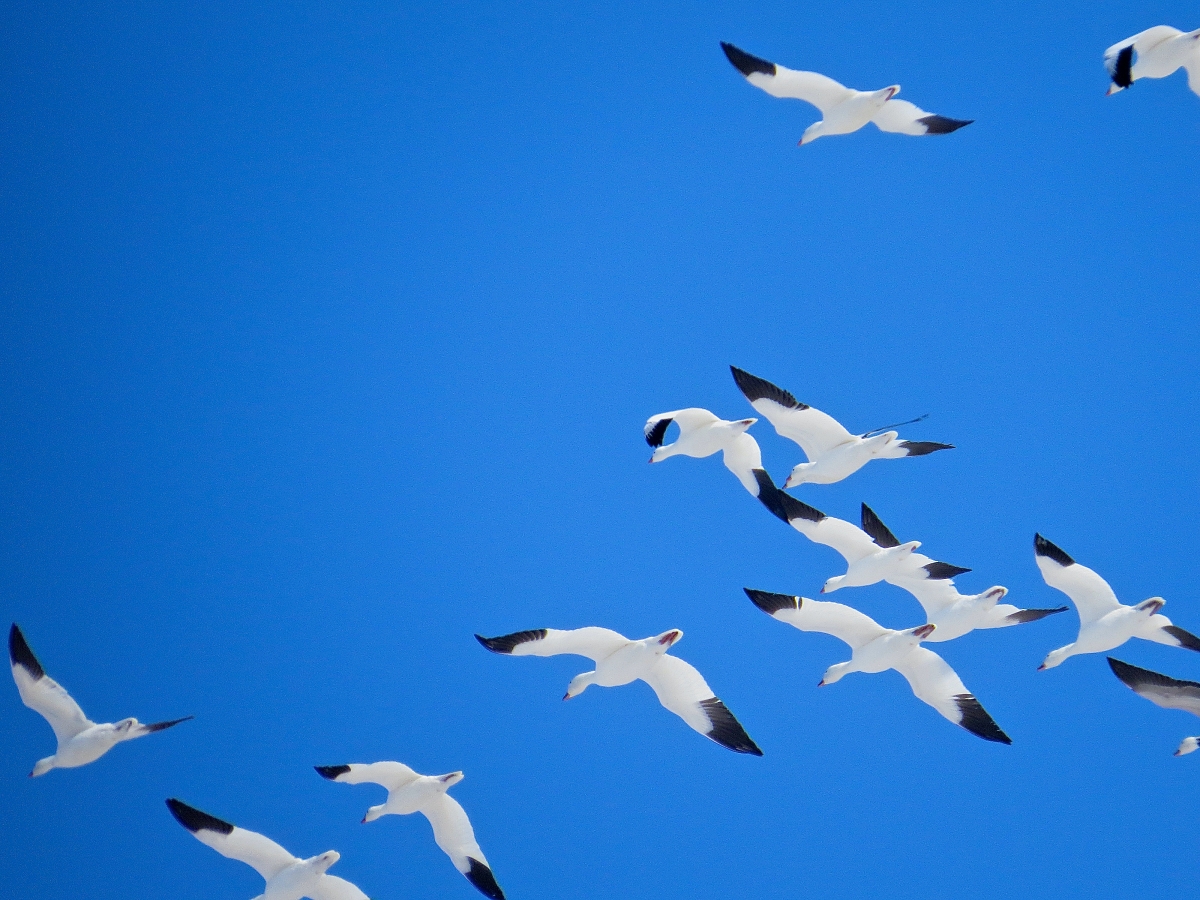The Bizarre Way That Scientists Figured Out That Birds Migrate
Before that there were some wacky theories on bird habits.
Despite the the Enlightenment period in European history, many folk beliefs and myths persisted into the modern era. One such fallacy was what happened to some birds in the winter. Prior to the Victorian era even scholars couldn’t seem to figure why some birds disappeared in the winter. One unlucky bird helped to solve the puzzle in a bizarre twist of fate, but not before some pretty goofy theories on the subject were published.

Up until 1822 many people in Europe had no idea what happened to birds when winter came, only that many types of birds disappeared. At a time when many people never went far from their homes, the concept of migrating twice a year with the weather changes was unfathomable for some.
Instead there were all kinds of theories about the winter habits of birds. One was that, like bears or skunks, they must have been hibernating very stealthily. Another theory was they shape shifted into other animals or birds that were better-equipped to handle the cold.

In 1703 a Harvard academic wrote that birds must be migrating to the moon in winter, where they spent the months that were coldest on Earth. Having almost no data on what space or the moon was actually like the layman’s guess was as good as the scholar’s in this regard.
In 1797 English naturalist and engraver, Thomas Berwick, wrote that since swallows roosted in trees near water they might hibernate under the water in winter.
In 1822 the picture became a lot clearer when a bird arrived in Germany fresh from a winter in Africa. The bird was a white stork that landed near Klütz, a town near the Baltic Sea.

The bird had been struck through with a hunter’s arrow in the neck and had somehow survived and even managed the long trip back to Europe. The spear is 30 inches in length, but must have still allowed the bird to eat and drink as normal.
The spear was examined closely and found to be of a species of wood that only grows in Africa and was identifiable as such. Researchers from the University of Rostock killed the unlucky bird and had it stuffed. It remains on display there to this day.

What the bird showed scientists blew all other theories out of the water. The stork had returned from a warmer climate where it had stayed long enough to become prey. This was was proof enough that birds migrated across the globe to ensure their survival during winter instead of flying to the moon or changing their forms.
SKM: below-content placeholderWhizzco for DOT

